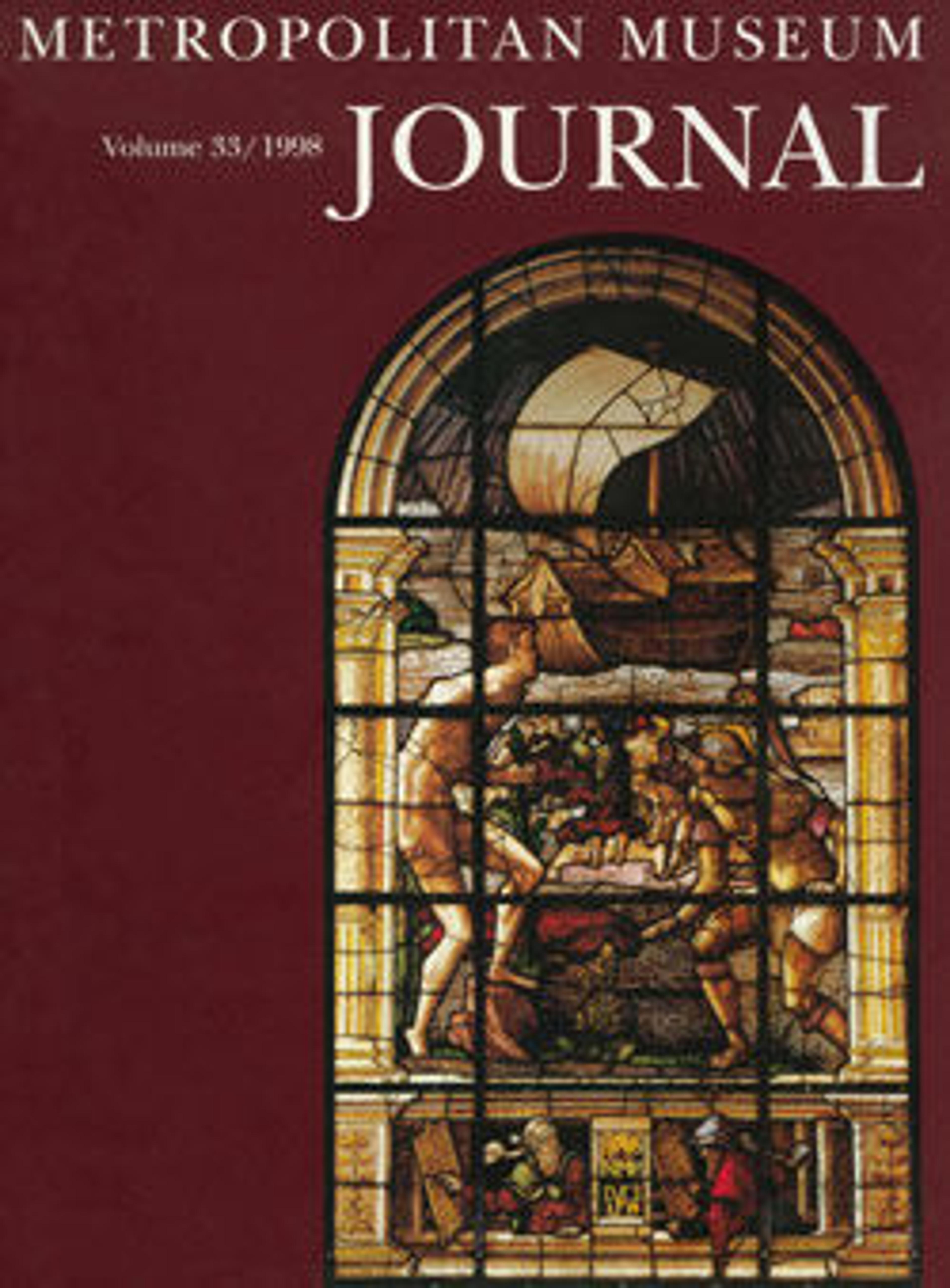Perfume Vessel in the Shape of Two Trussed Ducks
The flask - delicately carved from the rare stone material anhydrite - has the form of a pair of trussed ducklings placed back-to-back. Their necks arch far from the bodies and the joints of their legs make four little knuckles for the vessel to stad on. The birds' eyes are inlaid with copper. Trussed duck were a common offering to the dead. It is, therefore, possible that this vessel, although originally without doubt containing a cosmetic substance, was made for the tomb and not to be used in daily life. Vessels of this material were formerly thought to be of Middle Kingdom date. More recent studies have shown that they should be placed into the late Second Intermediate Period.
Artwork Details
- Title:Perfume Vessel in the Shape of Two Trussed Ducks
- Period:Late Second Intermediate Period
- Dynasty:Dynasty 17
- Date:ca. 1580–1550 B.C.
- Geography:From Egypt, Upper Egypt, Thebes, Sheikh Abd el-Qurna, Tomb near the Ramesseum (?), Mond excavations (?), 1902–1925
- Medium:Anhydrite, eyes inlaid with a porous material inside copper rims
- Dimensions:H. 17.1 × W. 15.4 × D. 9.3 cm (6 3/4 × 6 1/16 × 3 11/16 in.)
- Credit Line:Gift of Edward S. Harkness, 1927
- Object Number:27.9.1
- Curatorial Department: Egyptian Art
More Artwork
Research Resources
The Met provides unparalleled resources for research and welcomes an international community of students and scholars. The Met's Open Access API is where creators and researchers can connect to the The Met collection. Open Access data and public domain images are available for unrestricted commercial and noncommercial use without permission or fee.
To request images under copyright and other restrictions, please use this Image Request form.
Feedback
We continue to research and examine historical and cultural context for objects in The Met collection. If you have comments or questions about this object record, please contact us using the form below. The Museum looks forward to receiving your comments.
